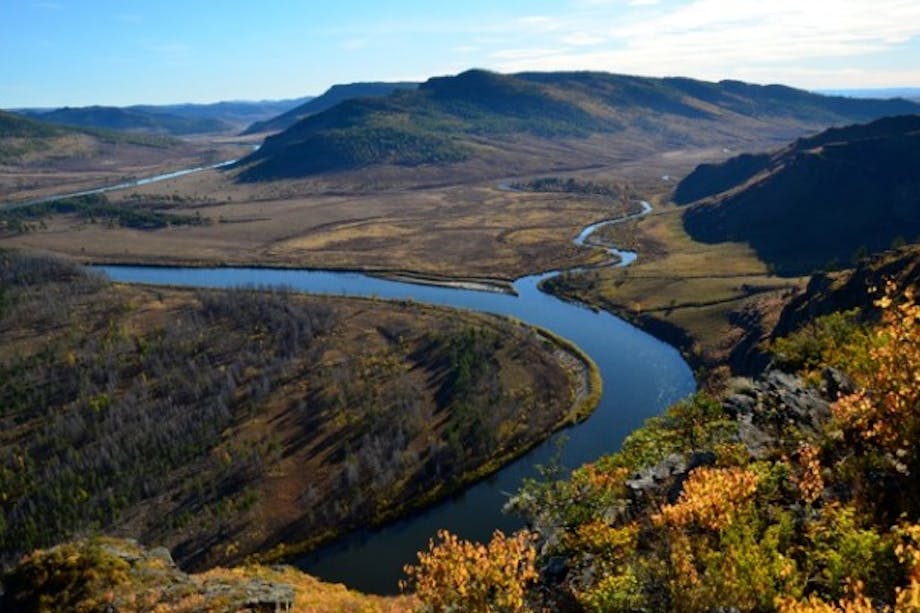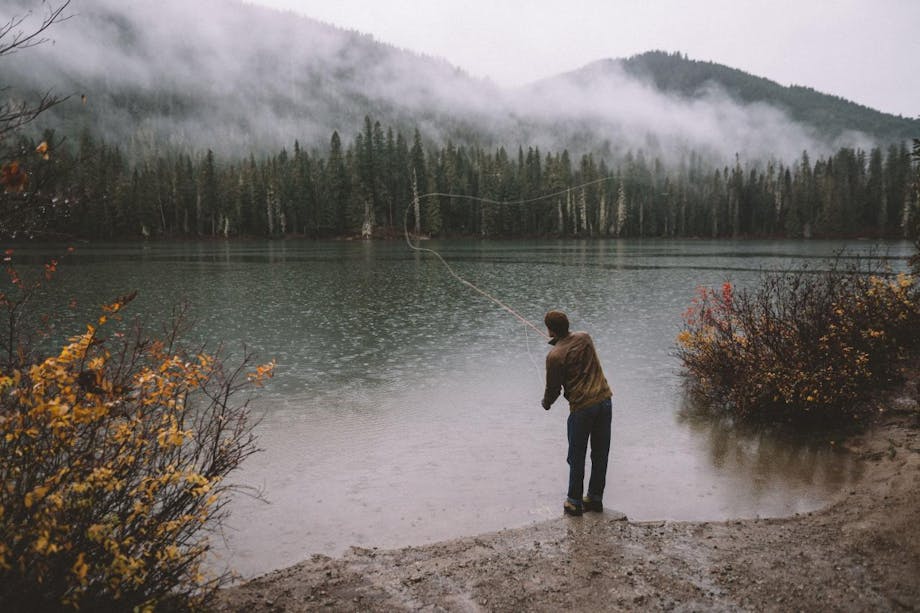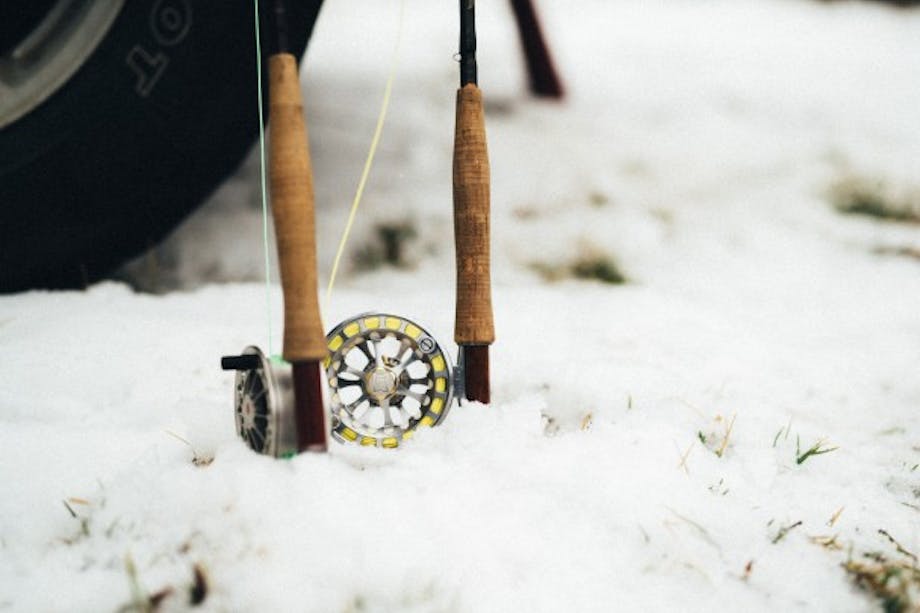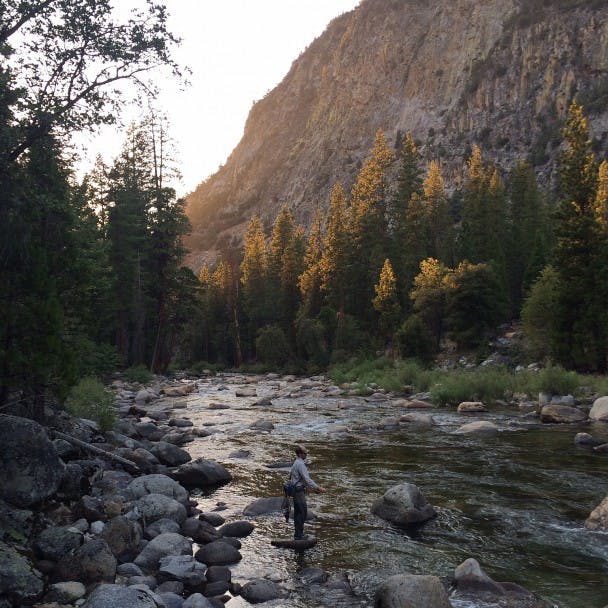
The massive trout rose gently from a deep shadow between the boulders. A muscular shimmer in the green water. It seemed unconcerned with the unusual strength of the tiny nymph in its jaws which dragged it slowly towards the surface. For a split-second the three of us froze. Then the size of the fish registered and our hearts kicked into high gear as the adrenaline coursed through our veins. I snapped into action, bolting for my camera and net which lay just a few feet behind us. Maybe, just maybe, we could net the monster before he realized how steeply the odds were stacked in his favor.
Camera and net in hand I turned to sprint to the edge of the pool only to find Joseph with his head down, shoulders slumped. A naturally gifted fishermen who’s been beguiling trout since the age of 6, it is rare for Joseph to lose a fish that doesn’t truly earn its freedom. But in the time it took me to turn around, the Hare’s Ear had shaken free from the jaws of the biggest trout we would see all trip.
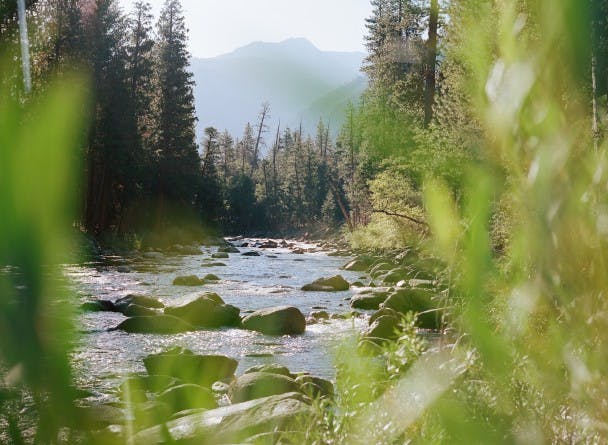



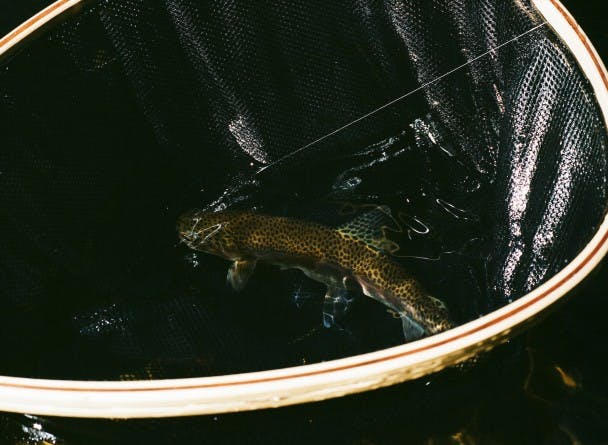
Approximately 10 million years before “the big one” spat the hook, The Sierras – the very mountain range in which we found ourselves attempting to outwit Salmo trutta (Brown) and Oncorhynchus mykiss (Rainbow) – were beginning to take shape1. Over that relatively short period of time (geologically speaking) four periods of glacial advance carved out many of The Sierras’ most famous features, wielding boulders and ice like chisels in the hands of Michelangelo. Yosemite. Lake Tahoe. Mount Whitney. All features in this masterpiece of geologic sculpture. But these mountains also contain abundant treasures for the fisherman willing to investigate less-heralded locales.
I’m sworn to secrecy on the exact location of our adventure – we’ll call it The Regal2 from here on out – but if there is one word that captures the experience of fishing this river, it has to be “humbling”.
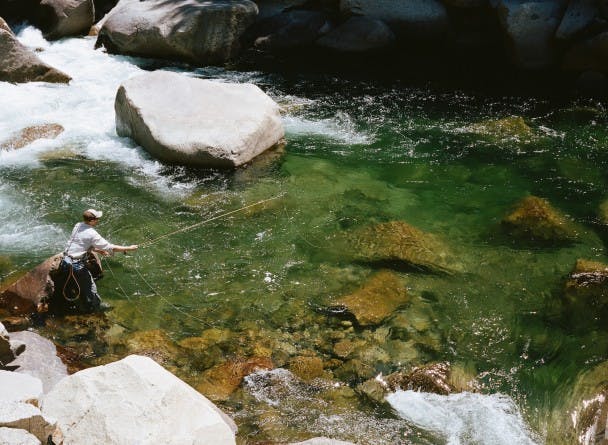
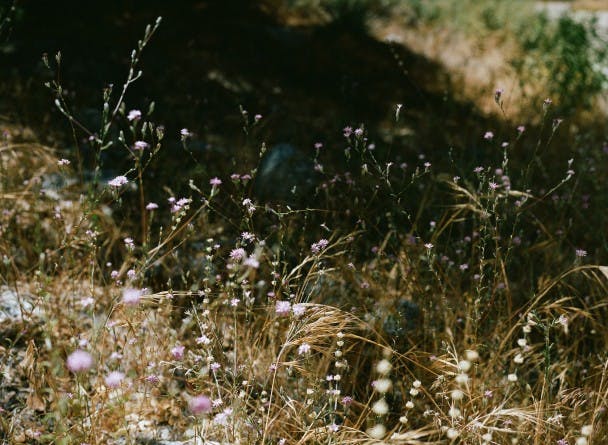
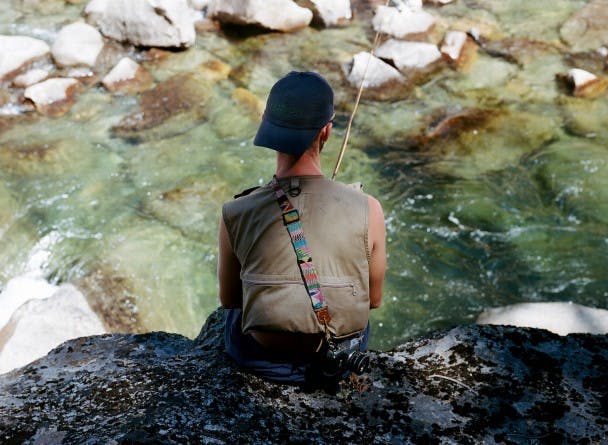

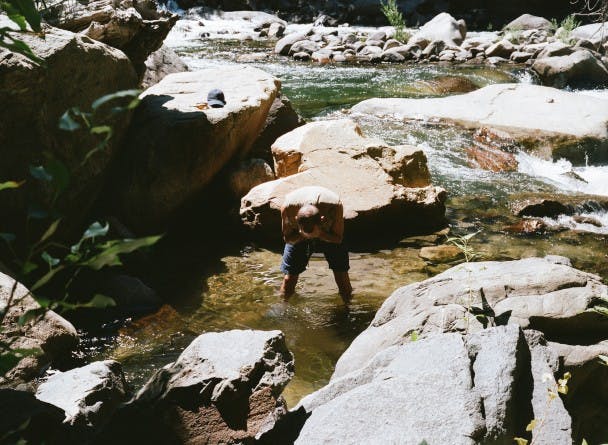
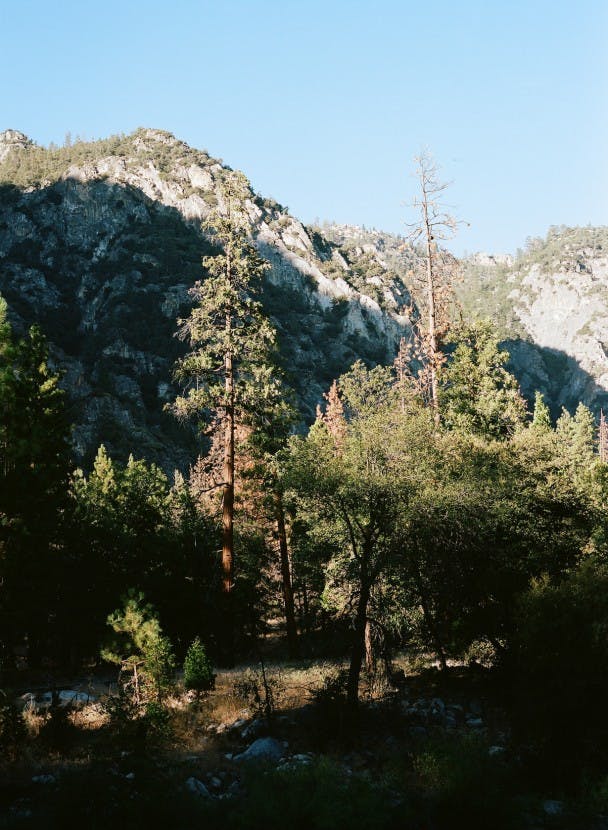
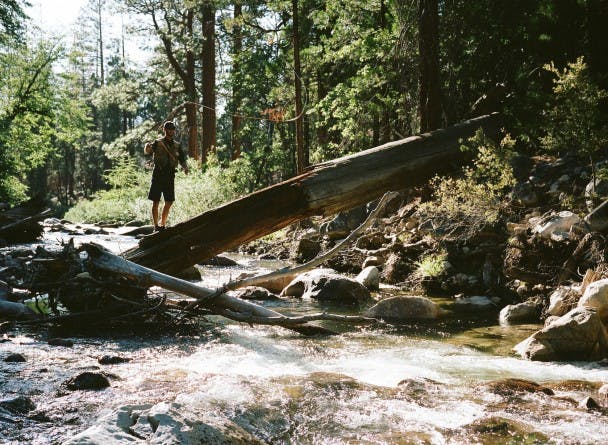
If you’re fortunate enough to set foot or four-by-four in this wild Sierra canyonland, you will immediately feel insignificant. The Regal is flanked by soaring peaks which top out at more than 10,000 feet. Over the course of several miles It rumbles, tumbles, and roars its way through the granite and timber to a canyon floor some 8,000 feet below where it continues its journey 125 miles towards the Pacific. It’s the kind of place that puts things in perspective; we are but dust and bone, mere flickers of life when measured against the might and majesty of mountains…
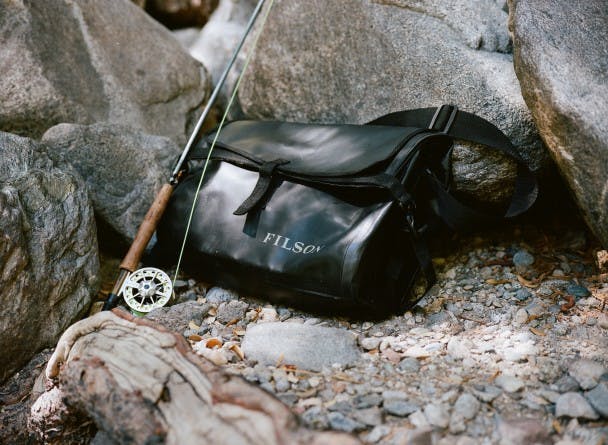
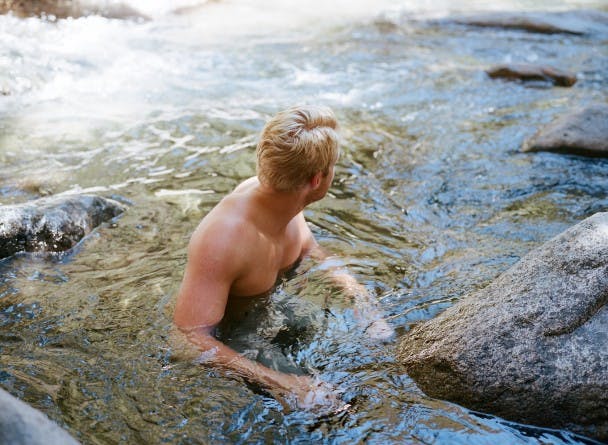
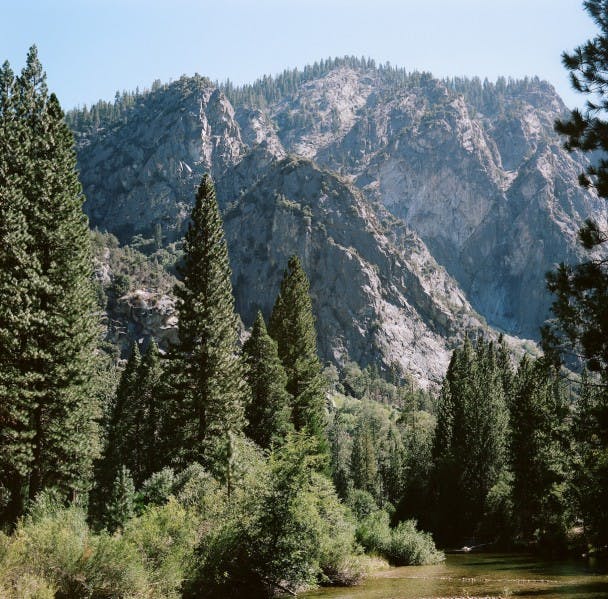
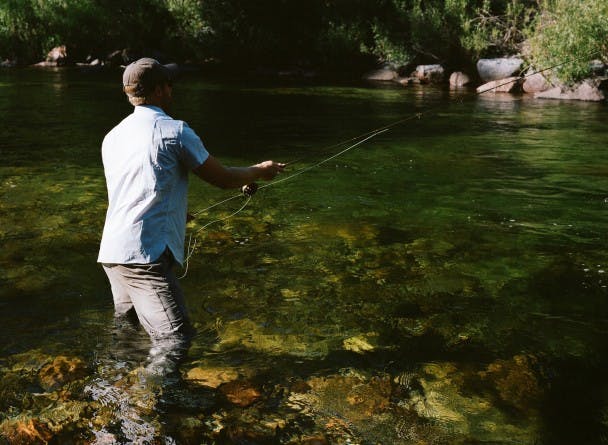
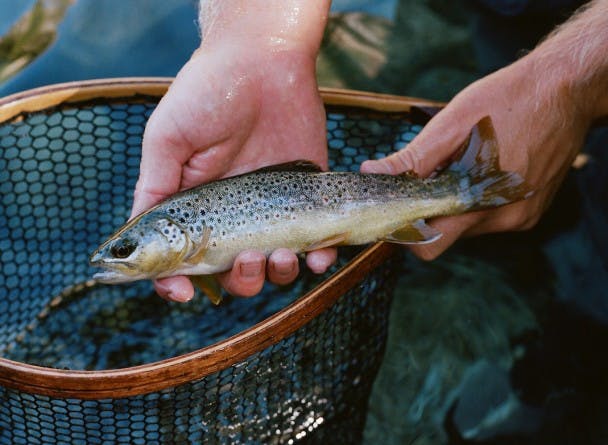

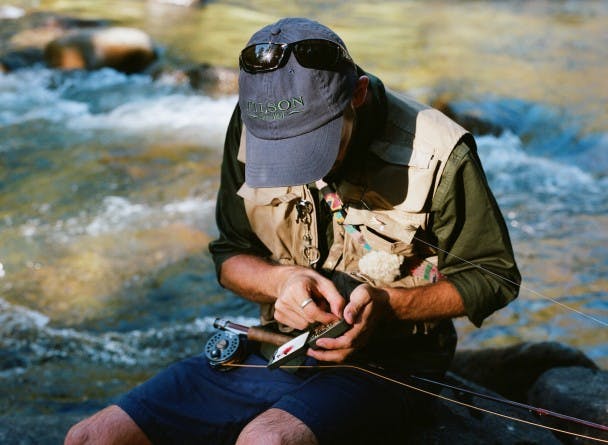
…and here’s the thing about flyfishing: more often than not, you’re gonna get your ass kicked. Usually it’s a result of being unprepared, impatient, inattentive, or not-quite-as-good-as-you-think at fooling trout. But sometimes you show up mentally prepared, vest bristling with all the right flies, informed and familiar with the water, and in the company of fishermen ranging from solid to (occasionally) spectacular. And still your ass receives a thorough kicking. If the scenery doesn’t do it, the river will: humility is inevitable.
Over the course of two and a half gloriously frustrating days, The Regal put our ragtag trio of wannabe trout-bums firmly in its place. Despite our steadfast belief that fishing as hard and as long as we possibly could would invariably yield trout in the twenty-inch-plus range, the river had other plans. True, it offered a fair number of fat and feisty rainbows of the 10-12 inch variety, along with the occasional brown. But The Regal refused to reward our sweat-soaked offerings of hustle, heart, and pheasant tails. No twenty-inchers were forthcoming.
Each fishless hour was met with with an unwavering mental resolve to persevere. Said resolve was firmly rooted in the belief that for fifteen to twenty rapturous minutes, just before sundown, the stubborn river would relinquish our elusive quarry in a flurry of swirls and slurps. This belief was not without precedent. Just weeks prior, Tuck (SoCal flyfisherman extraordinaire) and I had plucked trout after trout from these same waters during a brief but glorious evening nirvana. Not this time. Spurning our advances, the beautiful river flashed her green skirts and rippled by without providing a meaningful evening hatch for two nights running. We returned to our hammocks exhausted and dejected.
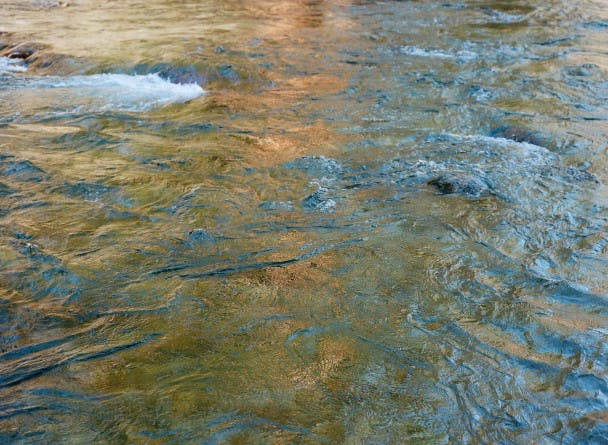
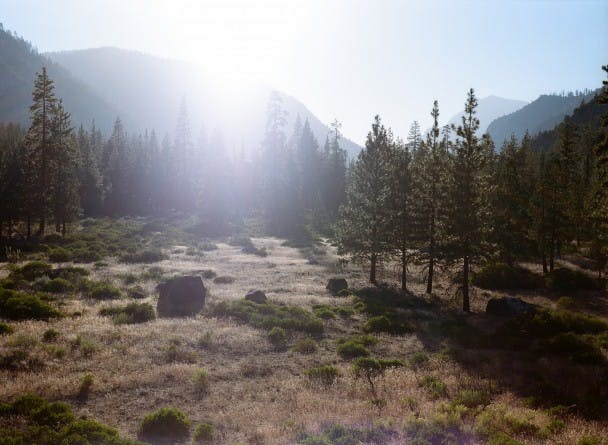

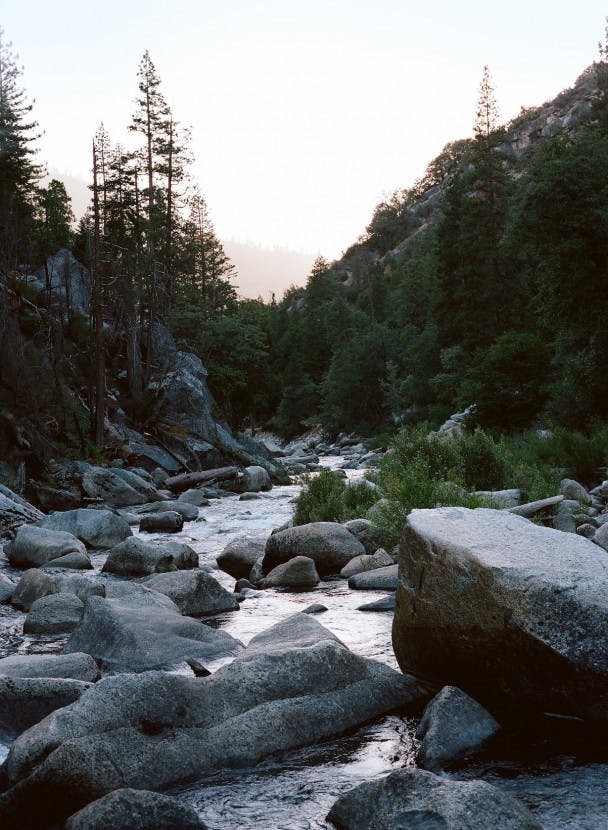
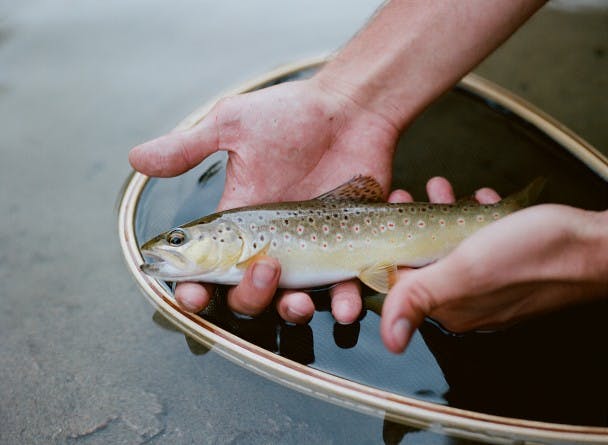
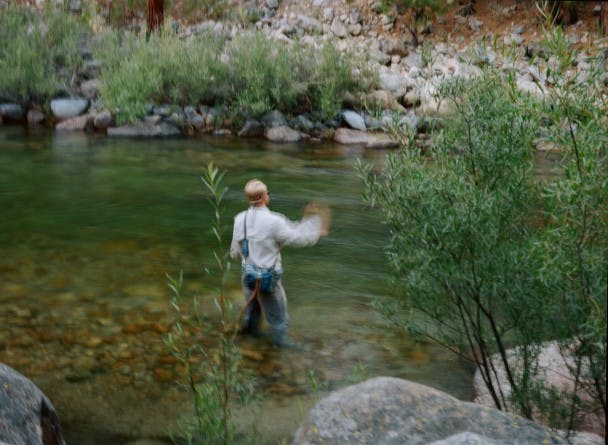


On our third and final morning we fished four hours straight on a breakfast of leftover hot dog buns and Budweiser (the remains of an otherwise deliciously well-planned weekend diet) before woozily admitting defeat. Dust-caked and exhausted, we contented ourselves to spend our final hour in the river rather than on it, “stonyflying3” and impersonating trout4 beneath the heat of a noon sun.
Refreshed, but still hungry, we began the 5+ hour drive back to Los Angeles, during which time we rediscovered another important truth about flyfishing: it’s always worth it.
As we aired our grievances over the lack of big fish – fish we could often see plying the depths of the best pools – and lamented the disappointing evening hatches, it became clear to us that what appeared on the surface to be a disappointment, was in fact one hell of an excellent fishing trip.
The spectacular beauty of the mountain freestone, overlooked while under the spell of trout-fever, began to reveal itself in our memories. We recounted the questionable river crossings, and the semi-sketchy canyon wall descents, calculated the sheer quantity of river miles we’d covered5 and reminded ourselves of the best fish we’d caught. And when we were finished we found ourselves content.
As Tuck eloquently put it, “It’s not that we didn’t fish well. We did. If anything we were too focused on fishing. I mean, we were barely eating breakfast because we were so eager to get on the water. We were spent each night because, for large stretches of the day we were fishing on nothing but heart. We had nothing left to give because we’d given it all to the river.”
Next time we’ll find a better balance. We’ll save some energy for campfire conversations and pause more frequently to marvel at the beauty of the river. But this time? This time I’m proud to say we gave it all to the river.
Elias Carlson is a freelance photographer, graphic designer, and videographer. You can see more of his work here EliasCarlson.com or on Instagram.
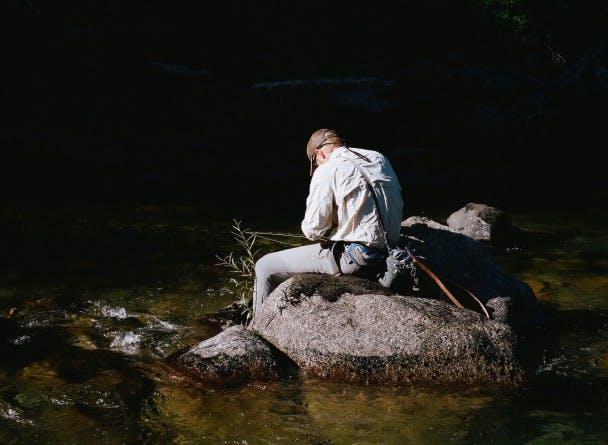
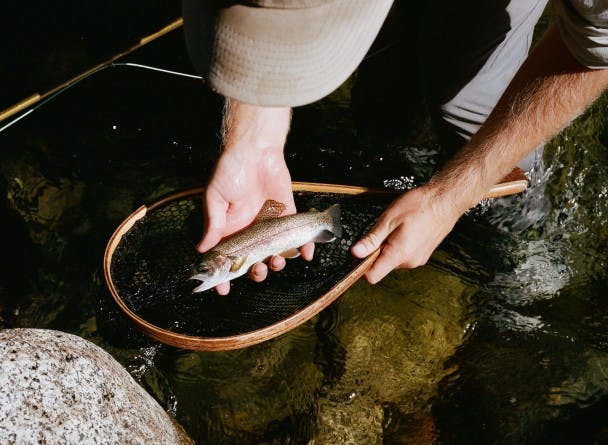


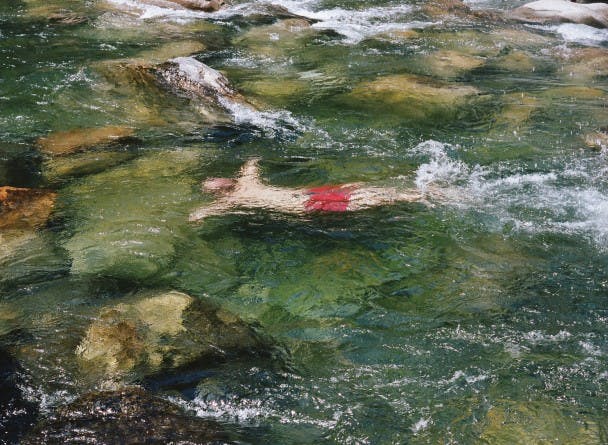
[1] Source: http://en.wikipedia.org/wiki/Sierra_Nevada_(U.S.)#Geologic_history
[2] If you’re super-serious about fishing this river, a bit of internet-sleuthing will probably get you a long way. I’m not making this hard to figure out.
[3] Stoneflying: To float aimlessly at the whim of the current. [Pro Tip] find a deep riffle with a slower-moving tailout at the bottom, enter at the top of the riffle and float on your back, feet-first, head above water, towards the tailout. Avoid overly boisterous currents, or riffles ending in large cascades.
[4] How to Act like a Trout: dive beneath the current to find shelter behind a boulders large enough to protect a human-sized body from the fast water before ascending, nose-up to the surface for a gulp of air.
[5] Product Placement. I’m happy to report that the Filson Dry Messenger Bag was more than capable of shepherding my cameras and film through chest-deep river crossings with air-tight consistency. The 18oz. vinyl-coated polyester shrugged off the effects of numerous trips through dense brush, and several abrasive encounters with boulders of various sizes.
